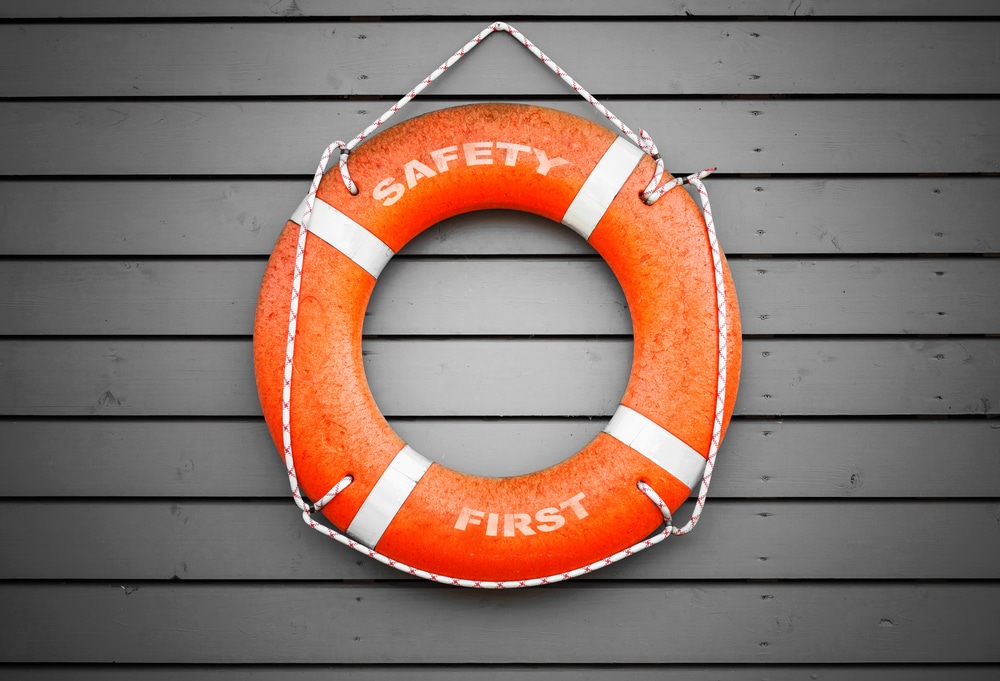
Researchers have partnered together in a maritime injury project that aims to reduce unsafe conditions onboard ships. The project is a partnership between the American Club, Lamar University and the American Bureau of Shipping (ABS). Beginning in 2018, the project is a long-term initiative with the goal of developing recommendations for the maritime industry.
The recommendations will seek to improve day-to-day safety for maritime workers onboard ships and those who work on land. The recommendations will be based on data analysis relating to maritime injuries.
Maritime Injury Study Information
To achieve the goal of reducing unsafe conditions, researchers have begun by analyzing data from 2013 to 2018. The data includes more than 8,400 maritime injury claims during this period. More than 4,200 claims relate to injuries, with claims totaling $246 million.
Perhaps not surprisingly, the majority of maritime injury claims relate to slip and fall injuries. These injuries are one of the most common types of injuries that affect maritime workers. Researchers note that 46 percent of injury claims result from slip, trip and fall incidents. Lifting injuries were also a major source of claims.
The American Club is a protection and indemnity club (P&I club) that provides insurance coverage for ship owners and charterers. This insurance coverage protects against third-party liability claims, including injuries to passengers or crew members. When analyzing data, researchers identified claims and claim payouts based on claims processed by the American Club and claims that were not. Data shows that the following:
Claims with no American Club costs
- Fall injuries cost, on average, $182,000.
- Slip injuries cost, on average, $137,000.
- Lifting injuries cost, on average, $112,000.
Claims including American Club
- Trip and fall injuries cost, on average, $88,000.
- Slip injuries cost, on average, $56,000.
- Lifting injuries cost, on average, $48,000.
This data is important because it shows researchers the nature of maritime injury claims handled by insurance companies. Analyzing data from the American Club also helps researchers compare data to other information, such as that gathered by the ABS/Lamar Mariner Safety Research Initiative (MSRI). The MSRI data includes over 8,000 injury claims and 100,000 “near miss” records. MSRI data also includes 31 data sources from various maritime organizations.
With all of this data, researchers are able to compare information, assess the current state of maritime injury claims and address unsafe conditions that lead to the most common maritime injuries.
Most Common Maritime Injury Claims
In both sets of data that researchers reviewed, maritime injury claims were surprisingly similar. Slips, trips and falls, lifting events and being struck by objects were the most common injuries reported. Also, even though there is a variety of ship types listed, there are some types that are more often included in claims, such as fishing ships.
The table below shows how these and other common injuries stack up:

Source: Hellenic Shipping News
Slip, Trip and Fall Injuries
Slip, trip and fall injuries are one of the most common types of injuries in the maritime industry. Research shows that these injuries occur for numerous reasons. In the maritime industry, some of the most common causes of slip, trip and fall accidents are:
- Poor housekeeping
- Spills
- Inappropriate lighting
- Seafarer fatigue
- Lack of anti-skid surfaces
- Crew not following procedures
- Lack of situational awareness
Lifting Injuries
Lifting injuries are also common in the maritime industry. This type of injury occurs in various areas of the maritime industry. They also occur in various locations on ships because seamen often lift heavy objects in various roles. Research shows that lifting injuries occur:
- On deck (45%)
- In the engine room (25%)
- Cargo areas (5%)
- In the galley (5%)
The most common activities that result in lifting injuries include:
- Material handling (34%)
- Maintenance (18%)
- Deck activities (16%)
- Housekeeping (5%)
Maritime Injury Study Offers Recommendations
While the maritime injury study is currently incomplete, researchers do have some recommendations for reducing unsafe conditions and protecting maritime workers from injuries. These recommendations include:
- Educating maritime workers on proper lifting techniques
- Encouraging maritime workers to engage in proper exercises that will strengthen their back muscles
- Encouraging maritime workers to eat a healthy diet and maintain proper nutrition.
- Ensuring that slippery surfaces are properly marked or removed.
- Encouraging maritime workers to file reports if they are injured.
- Engaging in near-miss events as learning opportunities.
As the study continues, the American Club, ABS and Lamar will continue to offer guidance for the maritime industry.
What to Do after a Maritime Injury
Slip, trip and fall accidents and lifting accidents are only two of the many types of accidents that cause maritime injuries. Maritime workers are subject to a variety of risks – from slip and falls to burns, hypothermia to drowning.
If you are a maritime worker and have suffered a maritime injury, it is important to understand your legal rights and options. Maritime workers have certain rights under maritime law. You may be entitled to maintenance and cure benefits that can help cover the cost of your medical care, lost income and more.
Find out more about maritime laws and your rights by calling Maritime Injury Guide. Schedule your free injury consultation at 1-866-871-8422. You can also request more information using our online contact form.
Sources:
- https://www.hellenicshippingnews.com/maritime-slips-trips-falls-and-lifting-injuries-2/
- https://www.american-club.com/page/about-the-club